Handheld makers are throwing paint at the wall to see what sticks. They apparently can’t compete with the Steam Deck on price, so they’re trying giant handhelds, 3D handhelds, more familiar and comfortable handhelds, and premium handhelds with Switch-like detachable controllers that double as mice. Many now cost $1,000 or more.
But boutique brand GPD has taken premium handhelds to a new extreme. With the GPD Win 5, I can confirm it’s created the most powerful handheld ever — by sacrificing a big chunk of the portability that makes handhelds attractive to begin with. With prices ranging from $1,600 to $2,200, it’s too rich for me, but I’m beginning to wonder if cord-first handhelds might be a legit new category for the most demanding PC gamers.
The Win 5 is a 7-inch, 1080p, 120Hz VRR handheld that looks like a giant PlayStation Vita crossed with a PSP, right down to its silver rounded metal corners and transparent D-pad. Which, by the way, is one of the best D-pads I’ve ever used. But the reason you’d buy one isn’t the comfortable sculpt, it’s that it’s the first handheld with AMD’s Strix Halo chip. That’s the same one you’ll find in the Framework Desktop, with the fastest integrated gaming graphics yet made.
To power that monster chip, GPD makes you either A) plug in a power cord, or B) snap on a battery “backpack.” That’s right: there’s no battery inside this handheld itself.
I was ready for that to be a dealbreaker. I half-expected I’d give up after a few days of fighting the cord or flinging around a heavy brick.
Instead, after a week and change playing with an early prototype, I’m finding it surprisingly well thought out. GPD studied the cord, leaning into its strengths to create a lighter and far more powerful handheld plugged in. I can attach the battery, then unplug the cord and still play games at high framerate; when I tire of the battery’s weight, I can run a cable between the battery and handheld and stick the battery part in a pocket or bag.
And this isn’t like sticking a normal USB-C battery into a normal portable. These tethers unlock far more power.
Even though it’s been over three years since the Steam Deck first arrived on the scene, handheld performance hasn’t evolved all that much. Rivals have put faster chips in their portables, but none play the latest games at 1080p any more competently than the Steam Deck could. Why bother with high-res screens at all?
The GPD Win 5 justifies its 1080p screen. It plays today’s games that way, not just titles from yesteryear. Cyberpunk 2077, Returnal, Shadow of the Tomb Raider all gave me over 60fps at 1080p and ultra settings, without any AI-enhanced upscaling or frame generation techniques. And newer games like Expedition 33 and Indiana Jones and the Great Circle are running at 1080p in high spec for me. Depending on the game and power mode the GPD Win 5 ran two, three, even four times faster than rivals.
Here’s how it compares to the MSI Claw 8 AI Plus and the Lenovo Legion Go 2, the newest and theoretically the most powerful retail handhelds, each running full bore. Then, you’ll see the GPD Win 5 compared to a wider range of handhelds at 720p.
GPD Win 5 vs. top rivals
| Cyberpunk 2077, 1080p ultra on battery | 71 | 24 | 25 |
| 1080p ultra, plugged | 79 | 25 | 25 |
| 720p low on battery | 116 | 70 | 76 |
| 720p low, plugged | 138 | 67 | 77 |
| DX: Mankind Divided, 1080p ultra on battery | 92 | 33 | 33 |
| 1080p ultra, plugged | 95 | 31 | 34 |
| 720p low on battery | 141 | 106 | 114 |
| 720p low, plugged | 177 | 108 | 119 |
| Returnal, 1080p ultra on battery | 76 | 23 | 33 |
| 1080p ultra, plugged | 71 | 20 | 33 |
| 720p low on battery | 89 | 46 | 54 |
| 720p low, plugged | 109 | 47 | 56 |
| Shadow of the Tomb Raider, 1080p ultra on battery | 111 | 39 | 38 |
| 1080p ultra, plugged | 120 | 40 | 37 |
| 720p low on battery | 142 | 88 | 81 |
| 720p low, plugged | 180 | 89 | 81 |
| HZD Remastered, 1080p ultra on battery | 34 | 24 | 26 |
| 1080p ultra, plugged | 39 | 23 | 25 |
| 720p low on battery | 45 | 33 | 44 |
| 720p low, plugged | 46 | 36 | 46 |
720p benchmarks
| Cyberpunk 2077, 15-watt TDP | 51 | 51 | 57 | 41 | 50 |
| 20-watt TDP | 72 | 60 | 73 | 59 | N/A |
| 25-watt TDP | 87 | 71 | 79 | 65 | N/A |
| 30-watt TDP | 97 | 76 | 82 | 71 | N/A |
| Plugged in maximum | 138 | 77 | 86 | 71 | 50 |
| DX: Mankind Divided, 15-watt TDP | 65 | 79 | 74 | 59 | 61 |
| 20-watt TDP | 91 | 93 | 92 | 84 | N/A |
| 25-watt TDP | 112 | 105 | 99 | 91 | N/A |
| 30-watt TDP | 125 | 114 | 100 | 93 | N/A |
| Plugged in maximum | 177 | 119 | 102 | 93 | 61 |
| Returnal, 15-watt TDP | 42 | 40 | 24 | 31 | 25 |
| 20-watt TDP | 60 | 48 | 30 | 40 | N/A |
| 25-watt TDP | 79 | 52 | 32 | 43 | N/A |
| 30-watt TDP | 88 | 54 | 33 | 46 | N/A |
| Plugged in maximum | 109 | 56 | 34 | 46 | 25 |
| Shadow of the Tomb Raider, 15-watt TDP | 63 | 55 | 62 | 52 | 57 |
| 20-watt TDP | 88 | 66 | 83 | 65 | N/A |
| 25-watt TDP | 111 | 73 | 89 | 70 | N/A |
| 30-watt TDP | 125 | 81 | 93 | 76 | N/A |
| Plugged in maximum | 180 | 81 | 96 | 76 | 57 |
| HZD Remastered, 15-watt TDP | 29 | 31 | 37 | 28 | 33 |
| 20-watt TDP | 34 | 37 | 47 | 30 | N/A |
| 25-watt TDP | 40 | 42 | 50 | 28 | N/A |
| 30-watt TDP | 42 | 44 | 52 | 34 | N/A |
| Plugged in maximum | 46 | 46 | 55 | 34 | 33 |
All games tested at 720p low, save Cyberpunk 2077 in “Steam Deck” mode.
But you need to know GPD is winning because the Strix Halo chip is guzzling down electricity.
While the Steam Deck’s processor tops out at 15-watt TDP, and beefier handhelds like the MSI Claw 8 and Legion Go 2 now do 30 or 35 watts, GPD’s Strix Halo can go all the way to 60 watts on battery. Plug in the included AC adapter, and you can play and charge while offering the chip an entire 80 watts of juice. And that’s just how much the processor uses — when you add all the other system components that keep it fed and blast pixels towards your eyes, I sometimes saw battery drain of 100 watts or more.
With an 80 watt-hour battery I was lucky to get 45 minutes of play away from a wall when running it full bore. And that was with fans blasting so loudly there’s no way I’d be comfortable on public transit or in a car. Never mind that it weighs over 2 pounds and feels back-heavy with that battery on. (There’s an optional battery extension cable if you’d rather stuff it in a bag or cargo pants pocket.)
But you don’t need that battery at home: plug it into its (admittedly bulky) 180W AC barrel adapter, remove the battery, and suddenly it’s a spry 1.25 pounds, lighter than a Steam Deck. This handheld isn’t the worst of both worlds: you can choose.
You also don’t have to drain the battery so quickly. GPD gives you fine control over the processor’s power limits, and I was able to take the Strix Halo all the way down to a 6-watt TDP, theoretically giving me six-plus hours of battery life in the least intensive games. (That’s not bad, but not great, for a handheld with an 80 watt-hour battery.) But to actually get more speed than other handhelds, I had to use more power than them.
Let me illustrate with one last table:
| Cyberpunk 2077, 15-watt TDP | 51 | 26W (~3.1h) | 51 | 20W (~4h) | 57 | 25W (~2.2h) | 41 | 22W (~3.6h) | 50 | 23.5W (~2.1h) |
| 20-watt TDP | 72 | 33W (~2.4h) | 60 | 25W (~3.2h) | 73 | 32W (~1.7h) | 59 | 29W (~2.7h) | ||
| 25-watt TDP | 87 | 39W (~2.1h) | 71 | 31.5W (~2.5h) | 79 | 38W (~1.4h) | 65 | 35W (~2.2h) | ||
| 30-watt TDP | 97 | 46W (~1.7h) | 76 | 37.5W (~2.1h) | 82 | 44.5W (~1.2h) | 71 | N/A (plugged) | ||
| 45-watt TDP | 109 | 67W (~1.2h) | ||||||||
| 60-watt TDP | 116 | ~87W (~0.9h) | ||||||||
| DX: Mankind Divided, 15-watt TDP | 65 | 26W (~3.1h) | 79 | 22.5W (~3.6h) | 74 | 25.5W (~2.2h) | 59 | 22W (~3.6h) | 61 | 22W (~2.2h) |
| 20-watt TDP | 91 | 34W (~2.4h) | 93 | 29.5W (~2.7h) | 92 | 32W (~1.7h) | 84 | 30W (~2.6h) | ||
| 25-watt TDP | 112 | 42W (~1.9h) | 105 | 31W (~2.6h) | 99 | 38.5W (~1.4h) | 91 | 36W (~2.2h) | ||
| 30-watt TDP | 125 | 50W (~1.6h) | 114 | 37W (~2.2h) | 100 | 45W (~1.2h) | 93 | N/A (plugged) | ||
| 45-watt TDP | 140 | 73W (~1.1h) | ||||||||
| 60-watt TDP | 141 | ~97W (~0.8h) | ||||||||
| Returnal, 15-watt TDP | 42 | 25W (~3.2h) | 40 | 20W (~4h) | 24 | 25.5W (~2.2h) | 31 | 23W (~3.5h) | 25 | 23W (~2.1h) |
| 20-watt TDP | 60 | 33W (~2.4h) | 48 | 26.5W (~3h) | 30 | 32W (~1.7h) | 40 | 30W (~2.6h) | ||
| 25-watt TDP | 79 | 38W (~2.1h) | 52 | 36W (~2.2h) | 32 | 38.5W (~1.4h) | 43 | 36W (~2.2h) | ||
| 30-watt TDP | 88 | 46W (~1.7h) | 54 | 42.5W (~1.9h) | 33 | 45.5W (~1.2h) | 46 | N/A (plugged) | ||
| 45-watt TDP | 111 | 65W (~1.2h) | ||||||||
| 60-watt TDP | 89 | ~95W (~0.8h) | ||||||||
| Shadow of the Tomb Raider, 15-watt TDP | 63 | 26W (~3.1h) | 55 | 21W (~3.8h) | 62 | 25W (~2.2h) | 52 | 23W (~3.5h) | 57 | 23.5W (~2.1h) |
| 20-watt TDP | 88 | 32W (~2.5h) | 66 | 27W (~3h) | 83 | 31.5W (~1.7h) | 65 | 30W (~2.6h) | ||
| 25-watt TDP | 111 | 39W (~2.1h) | 73 | 35W (~2.3h) | 89 | 37.5W (~1.5h) | 70 | 36W (~2.2h) | ||
| 30-watt TDP | 125 | 50W (~1.6h) | 81 | 42W (~1.9h) | 93 | 43.5W (~1.3h) | 76 | N/A (plugged) | ||
| 45-watt TDP | 122 | 70W (~1.1h) | ||||||||
| 60-watt TDP | 142 | ~90W (~0.9h) | ||||||||
| HZD Remastered, 15-watt TDP | 29 | 28W (~2.9h) | 31 | 21.5W (~3.6h) | 37 | 25W (~2.2h) | 28 | 23W (~3.5h) | 33 | 23W (~2.1h) |
| 20-watt TDP | 34 | 35W (~2.3h) | 37 | 28W (~2.9h) | 47 | 32W (~1.7h) | 30 | 30W (~2.6h) | ||
| 25-watt TDP | 40 | 43W (~1.9h) | 42 | 34.5W (~2.3h) | 50 | 37.5W (~1.5h) | 28 | 36W (~2.2h) | ||
| 30-watt TDP | 42 | 50W (~1.6h) | 44 | 40W (~2h) | 52 | 44W (~1.3h) | 34 | N/A (plugged) | ||
| 45-watt TDP | 44 | 69W (~1.2h) | ||||||||
| 60-watt TDP | 45 | ~65W (~1.2h) |
Above, you can see how only the GPD Win 5 lets you select 45 watt or 60 watt power modes to begin with — and how much more performance I often saw that way. But notice the battery drain? If I want to play three hours of Cyberpunk 2077, the MSI Claw 8 will currently give me better performance than the GPD Win 5 (60fps vs. 51fps). But if I’m willing to play only two hours on a charge, it’s reversed: 87fps for the GPD Win 5 vs just 76fps for the Claw.
If I only need 45 minutes to an hour, that’s when the big benefits emerge — or when you compare to handhelds that have smaller battery packs than the GPD Win 5 and Claw 8, such as the 55Wh pack in the Legion Go S or the 49Wh pack in the Steam Deck OLED. You get lower performance per hour there because the batteries don’t stretch as far. Scroll right in my table to see those.
(You might have noticed not all games I tested used the Strix Halo’s full horsepower. Horizon Zero Dawn Remastered mysteriously limited itself to fewer watts even when I gave it free rein, and both the Lenovo Legion Go S with SteamOS and the Claw 8 trounce it at 720p.).
Or, you could sidestep all of this battery discussion by simply plugging in the cord.
You should know the early prototype I’m playing with needs a lot of work, and this is not a review of the GPD Win 5 for that reason. The Verge only reviews final products. I ran into quite a few full-system-hangs, particularly when trying to change the TDP or unplug the DC barrel jack, a buggy touchscreen driver, squeaky triggers and more — which I mention because GPD is a small company that crowdfunds and sells products before it’s isolated and ironed out all those sorts of issues. This one’s on Indiegogo right now.
Despite some initial reservations, I did have a good time with the GPD Win Max 2 and I’m finding a lot to like with this new Win 5: good D-pad, good buttons, a hardware (not software) mouse mode switch, a full-size USB port, it’s even got that fancy new SIM-card like SSD slot. I’m hoping to test Bazzite, and maybe plug a VR headset into this thing, before long.
Follow topics and authors from this story to see more like this in your personalized homepage feed and to receive email updates.

 1 month ago
39
1 month ago
39





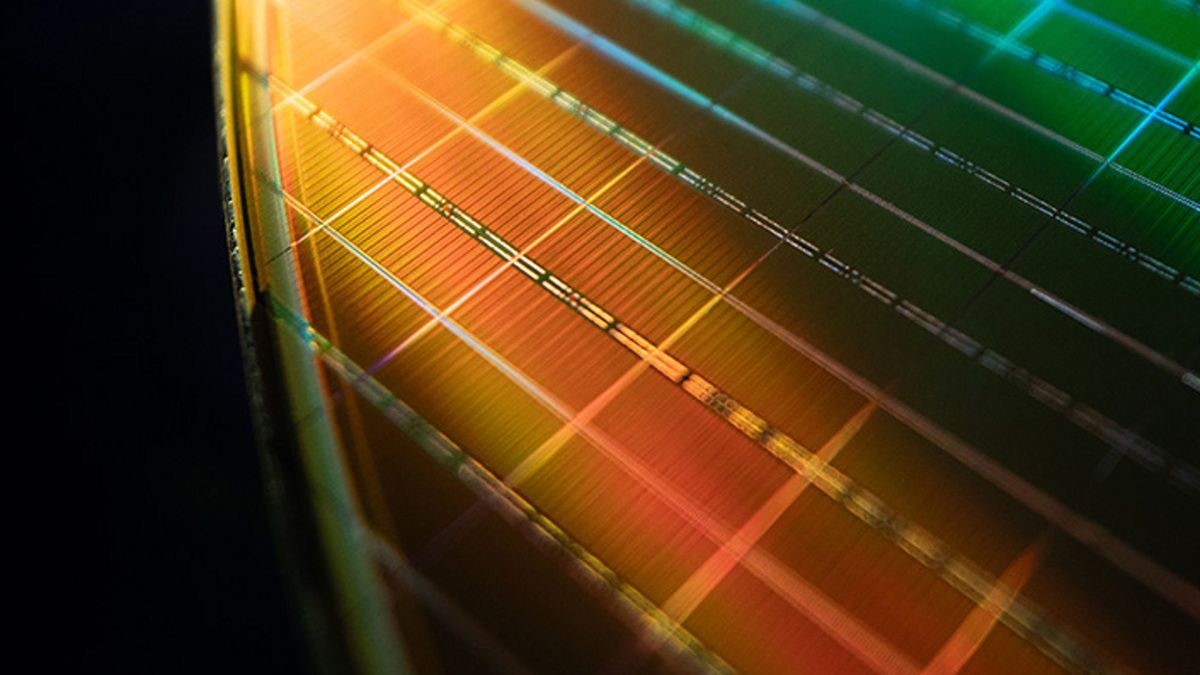
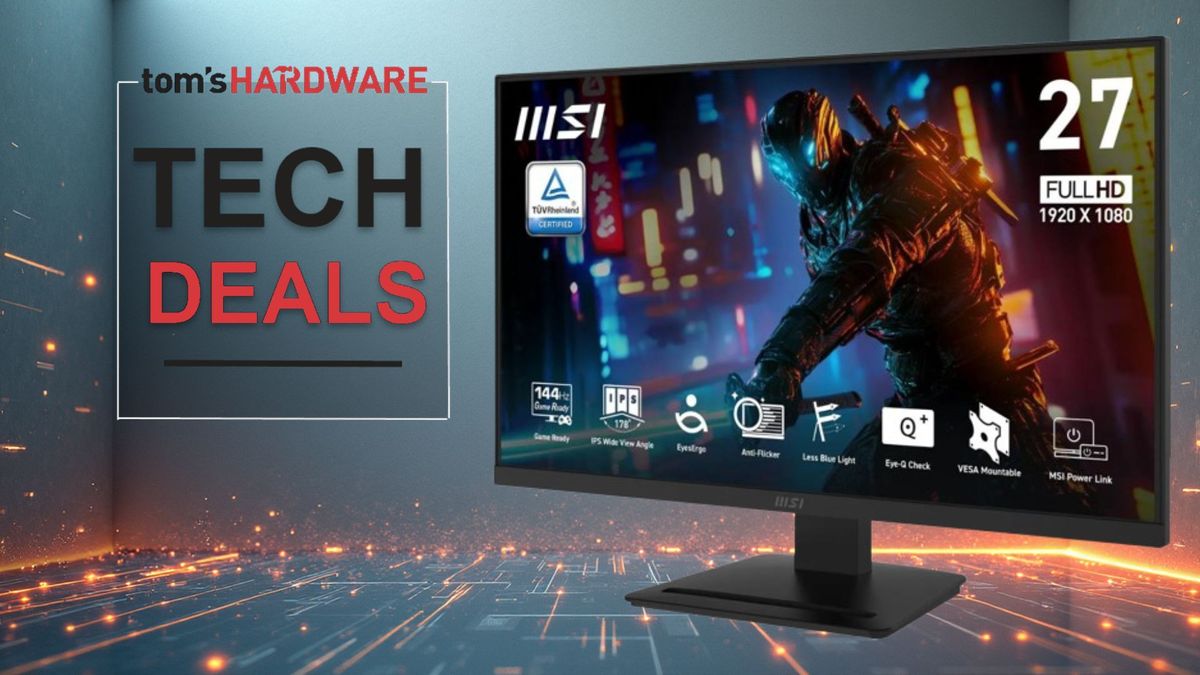
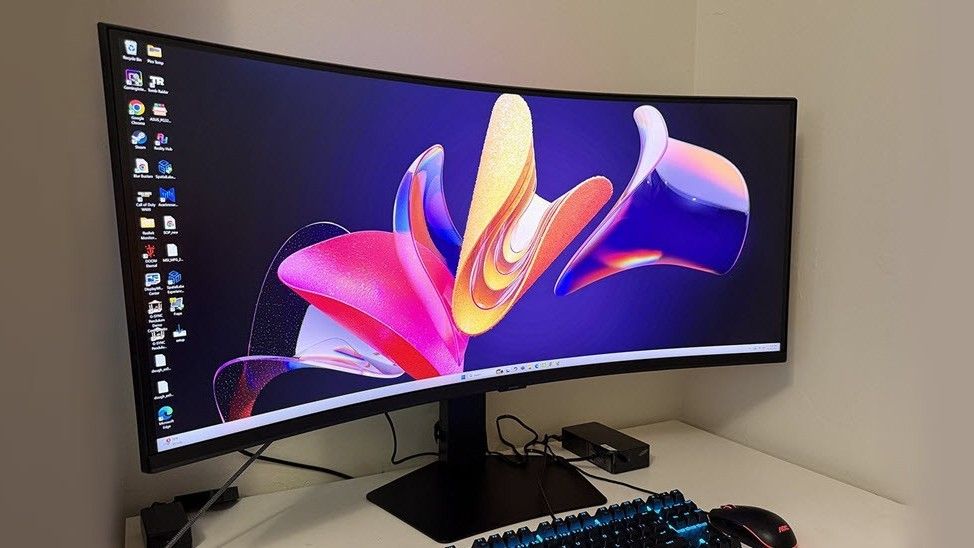
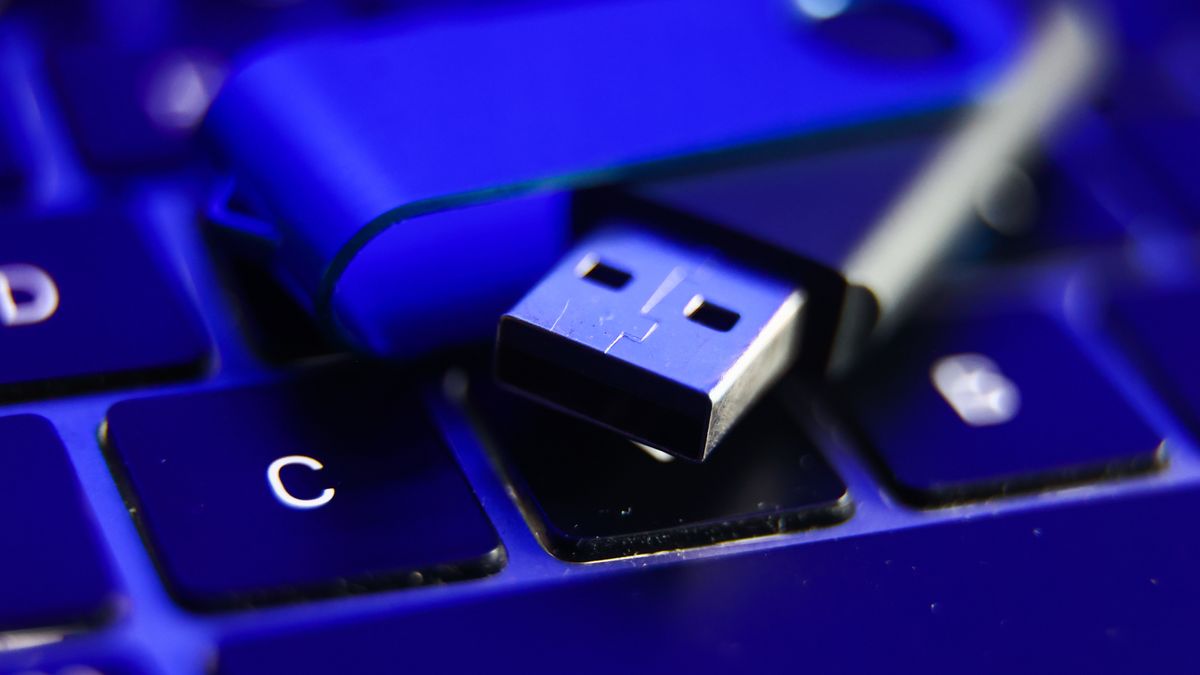
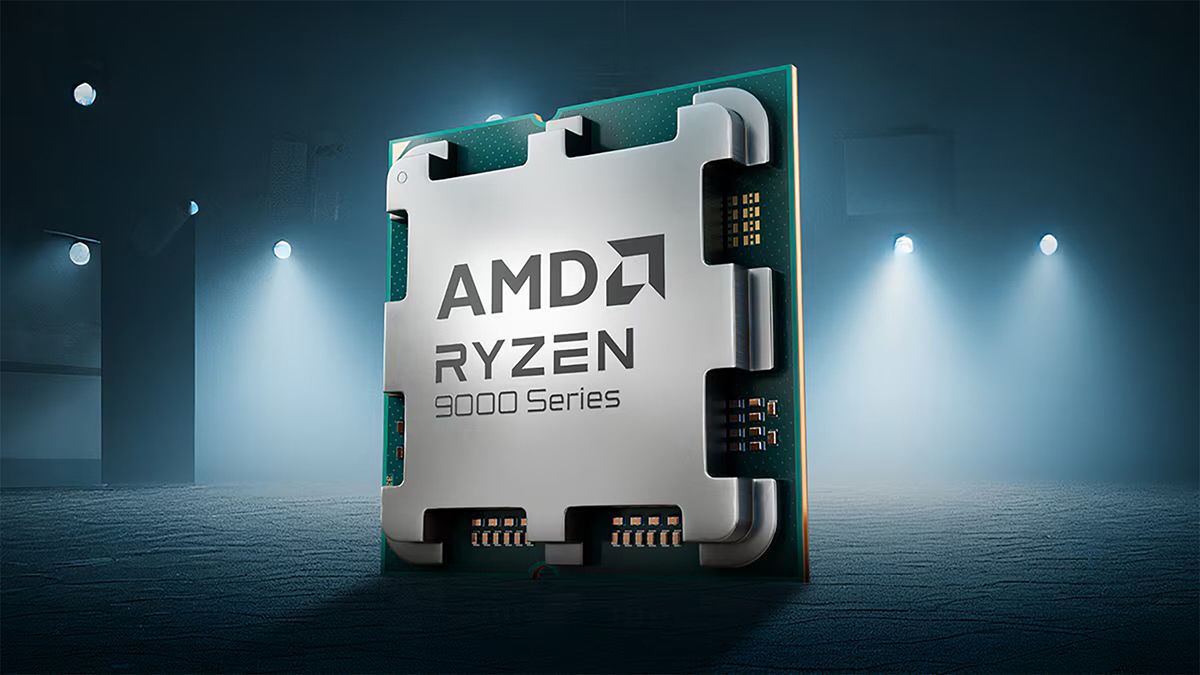
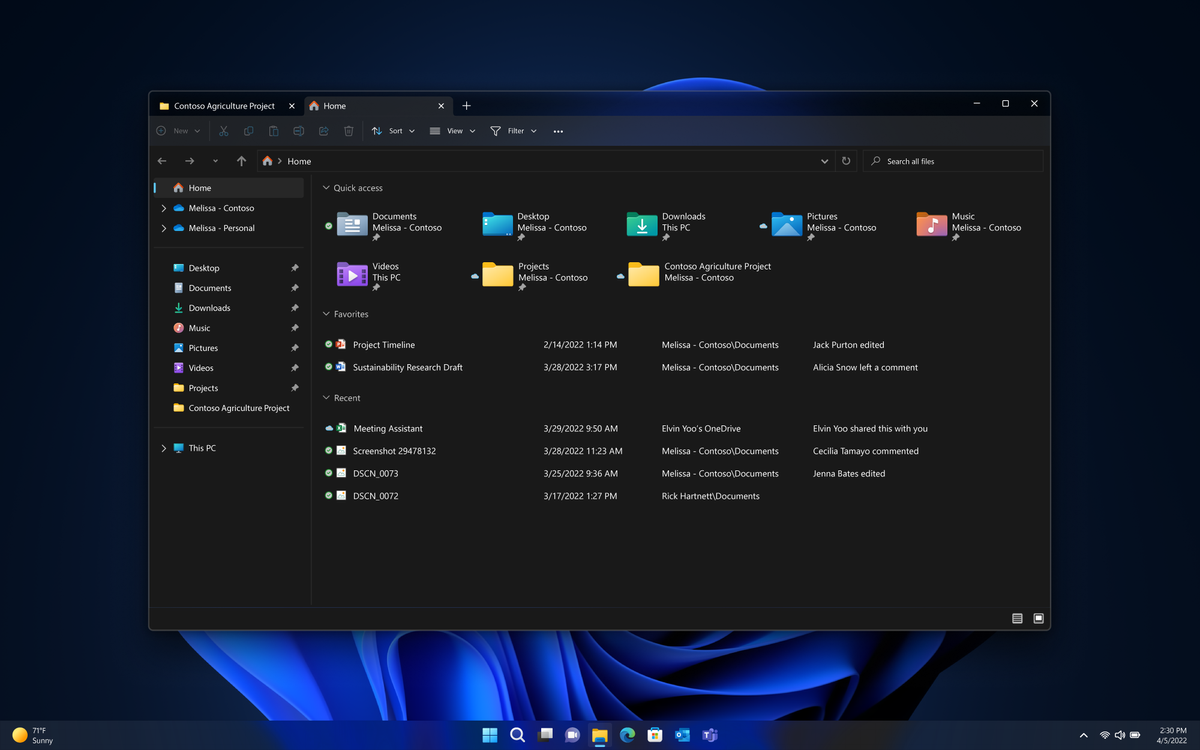

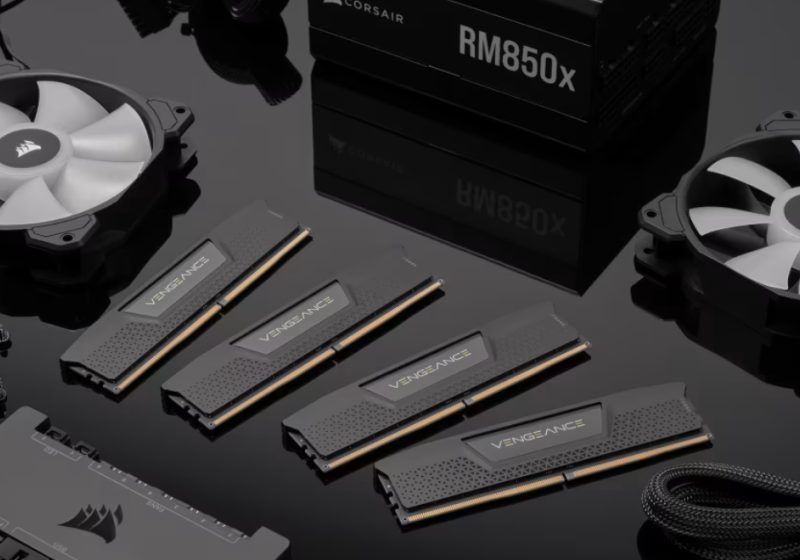
 English (US) ·
English (US) ·